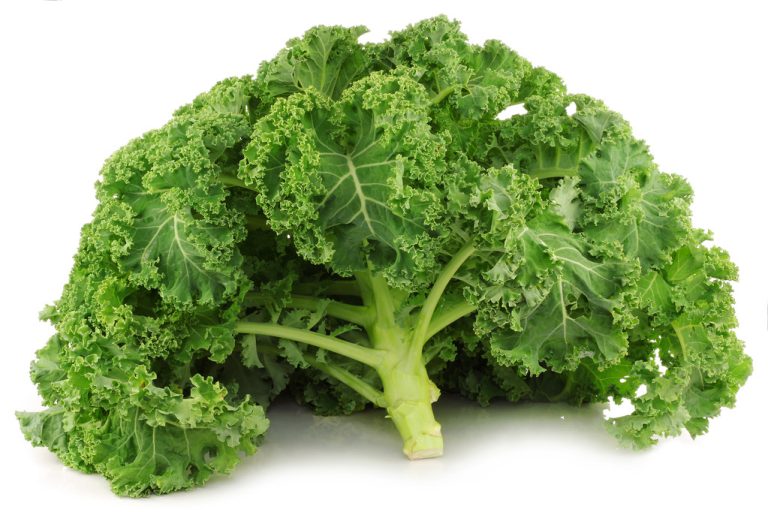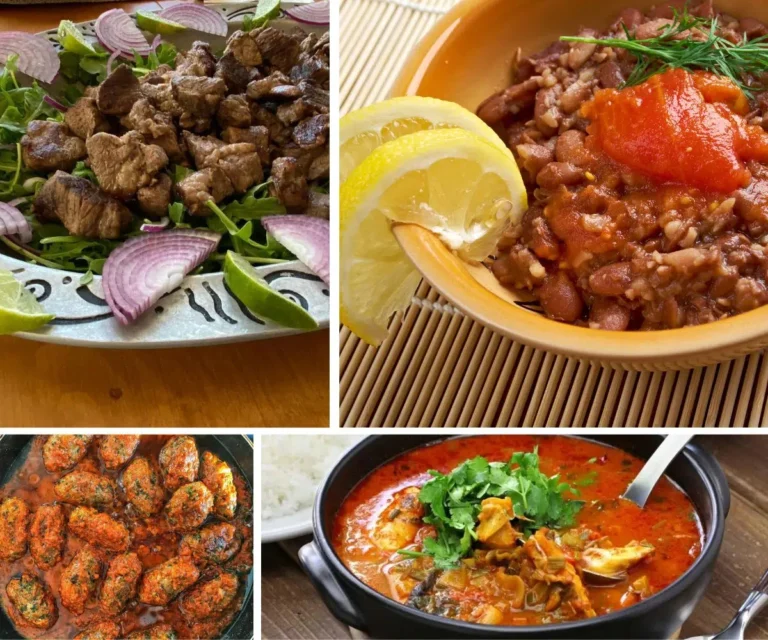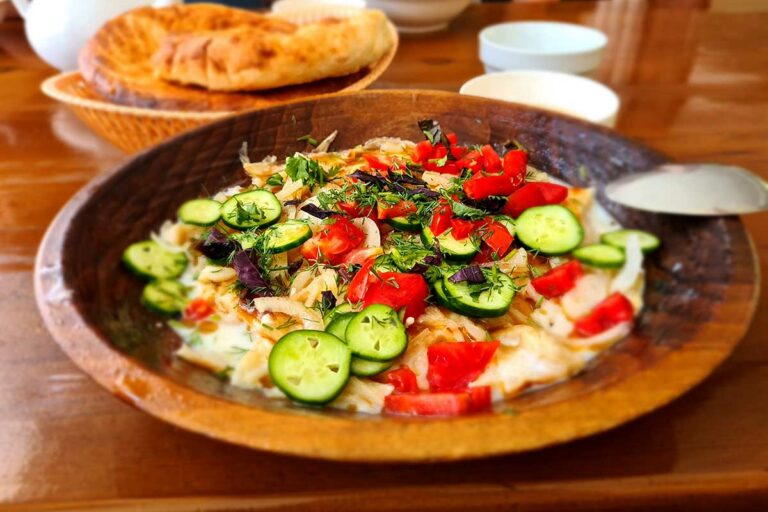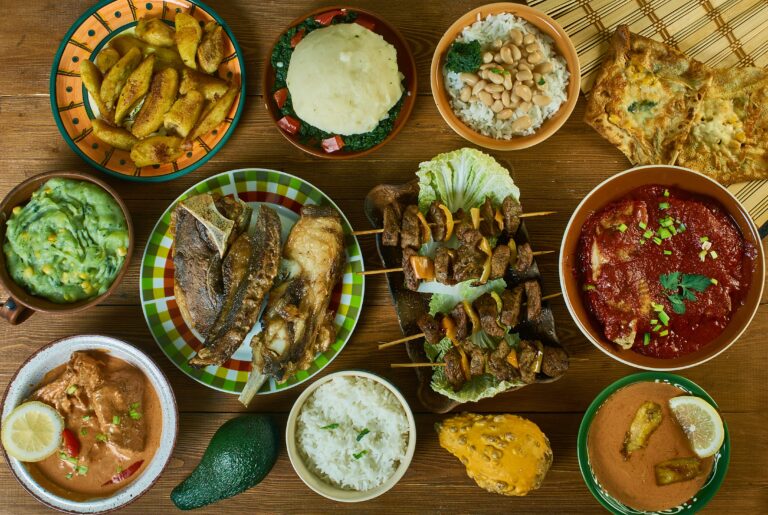You can season kale in many different ways and thus integrate the regional superfood into your diet in a varied way. Our kitchen tips will help you with the tasty preparation.
Prepare kale gently
Kale is in season in this country from the end of October to the beginning of March. This makes the kale, as it is called in English, a classic winter vegetable. In the cold season, kale can often end up on the plate, because it provides the body with more vitamin C than any other type of cabbage and various antioxidants. In addition, the regional superfood also provides iron, potassium, calcium and magnesium, vegetable protein and fiber.
In order to get the best possible benefit from the healthy ingredients, you should prepare kale gently. Vitamin C in particular is very sensitive to heat and would be lost if it was cooked for a long time. Therefore, it is best to blanch kale or process it raw. Even when steaming, a large part of the ingredients are retained.
Before doing this, you should cut away the stalks and the thick stalks with a knife and then wash the leaves thoroughly.

Seasoning kale: 5 clever ideas
For a long time, kale was mainly used as an accompaniment to hearty meat dishes. The green winter vegetables also taste great in vegan recipes – you just need the right ingredients and spices.
With the following ingredients you can season and taste kale in different ways:
Classic: Traditionally, kale is prepared with plenty of fried onions and seasoned with salt, pepper, a pinch of salt, some nutmeg and mustard. A little garlic goes well in the pan too. Green cabbage is often served with meat dishes such as bacon or Kasseler, but cabbage also goes well with hearty vegetarian dishes.
Asian: You can give the regional kale a Far Eastern flavor by frying it in coconut oil in a wok or pan with some chili, spring onions, garlic and ginger. At the end you deglaze the pan with soy sauce and some vegetable broth. You can season the dish with salt, pepper, cumin, a pinch of sugar and curry paste. Kale goes great with pasta and rice dishes.
Fruity: For the fruity version, you not only roast kale with onions, but also with fruit. Pears and apples are particularly suitable. Simply cut them into pieces and add them to the pan. At the end you can season the kale with salt, pepper and some sugar and add a dash of lemon juice if you like.
Sweet and sour: Kale is also delicious if you fry it with plenty of vinegar and raisins. Depending on your taste, add a few cloves or a bay leaf. You can taste the whole thing again with salt, pepper and a little sugar.
Creamy: For the creamy version, you should cut the kale into strips as fine as possible, first sauté them with plenty of onions and then deglaze with coconut milk or thick oat milk as a cream substitute. By adding plenty of nutmeg and yeast flakes along with salt and pepper, you get a slightly cheesy flavor reminiscent of creamed spinach.










